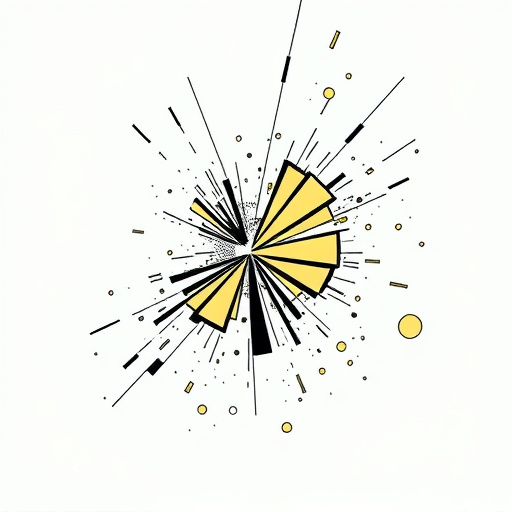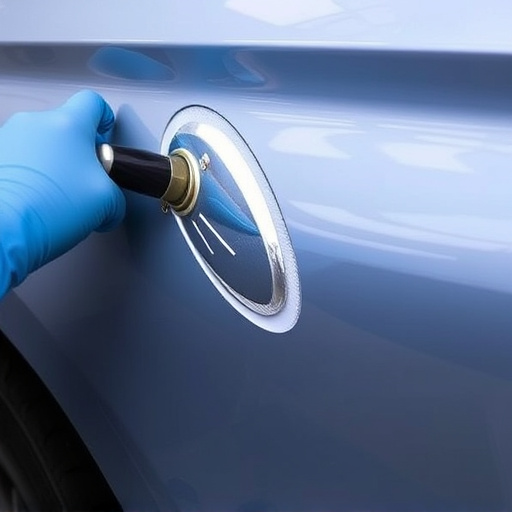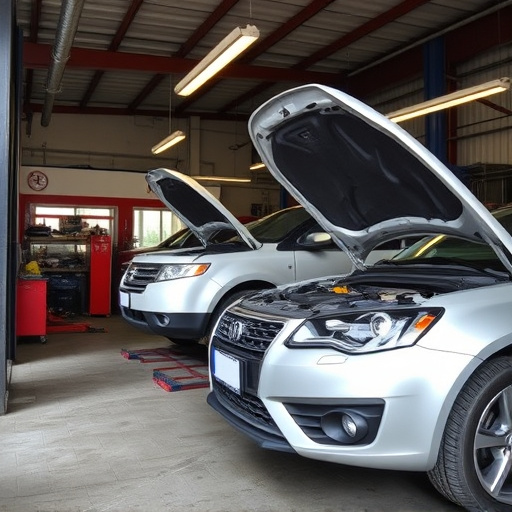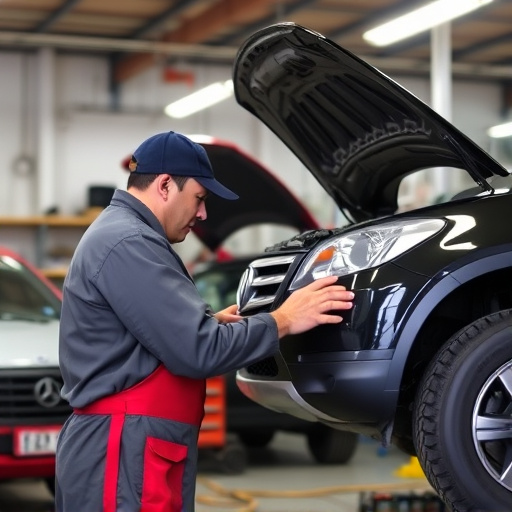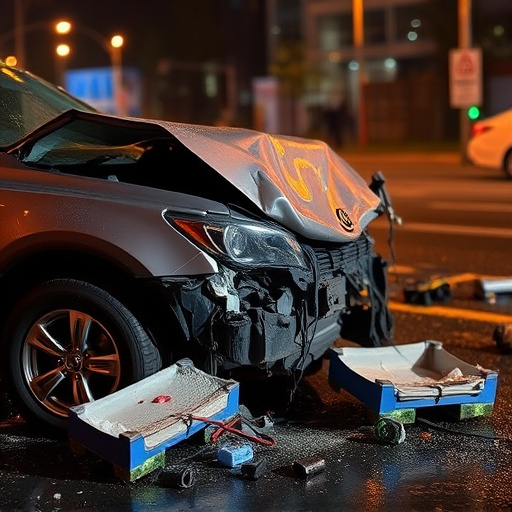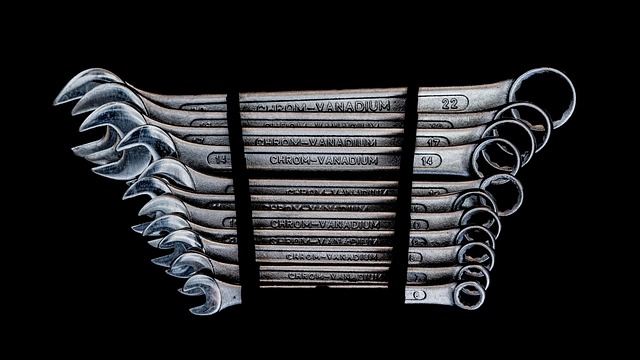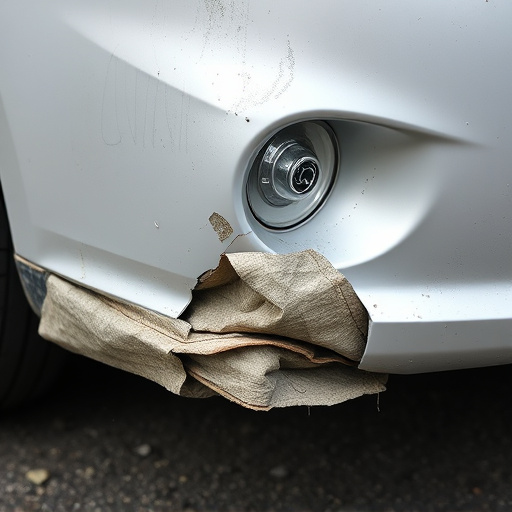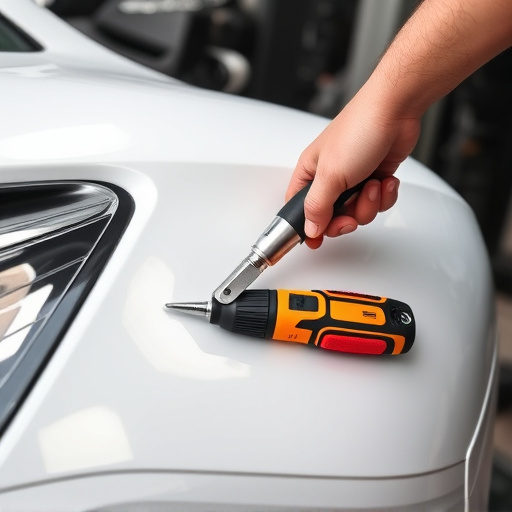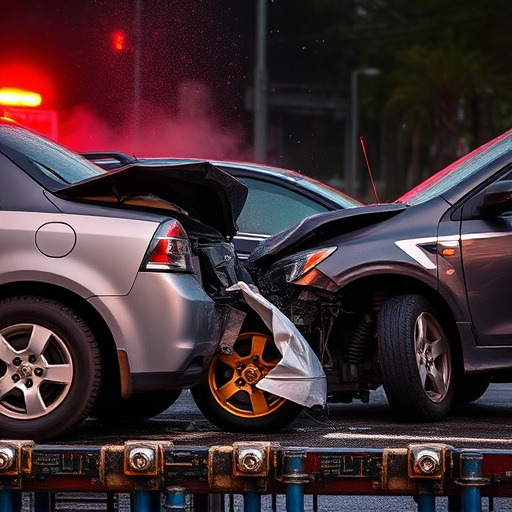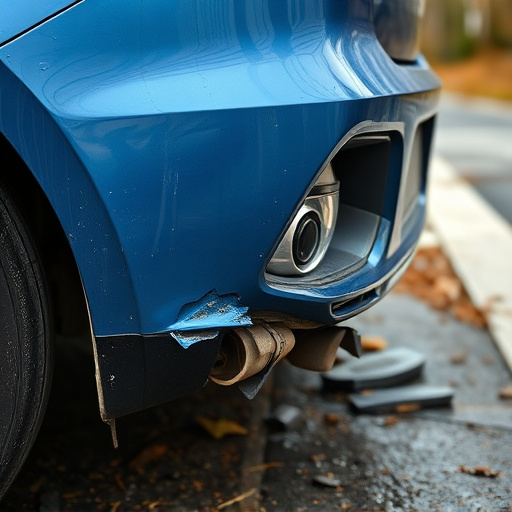The auto repair industry is rapidly evolving due to technological advancements and digital transformation. Among these changes, Paintless Dent Repair (PDR) stands out as a dynamic solution. PDR offers non-invasive techniques to remove dents and scratches without sanding or painting, reducing time, costs, and turnaround times compared to traditional methods. Advancements in technology have made PDR techniques more sophisticated, enabling technicians to handle complex damage cases with precision. Online reviews highlight PDR's potential to set auto body shops apart in a competitive market, meeting modern consumer expectations for efficiency, cost-effectiveness, and environmental friendliness.
In 2025, the automotive industry continues to evolve with rapid technological advancements. Amidst this shift, one service remains steadfast: Paintless Damage Repair (PDR). This article delves into why PDR service matters more than ever. We explore how digital tools have enhanced its capabilities and its role in meeting evolving consumer expectations. By comparing cost-effectiveness, efficiency, and customer satisfaction with traditional methods, we uncover the niche importance of PDR for specialized repairs, solidifying its relevance in the post-2025 era.
- The Evolving Landscape of Auto Repair: PDR's Role in the Digital Age
- – Exploring how technology has shifted the automotive industry and the changing expectations of consumers
- – Examining the integration of digital tools and technologies within PDR services
The Evolving Landscape of Auto Repair: PDR's Role in the Digital Age
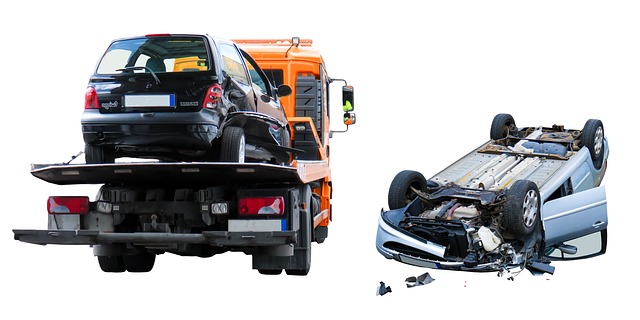
The auto repair industry has witnessed a significant evolution over the years, especially with advancements in technology and digital transformation. As we move into 2025 and beyond, the landscape of automotive collision repair and body services is becoming increasingly dynamic. While many new trends and technologies are emerging, one service that continues to hold its ground is PDR (Paintless Dent Repair).
In the digital age, where convenience and speed are highly valued, PDR service remains relevant due to its unique benefits. Unlike traditional auto body repair methods, PDR involves specialized techniques to remove dents and scratches from vehicle surfaces without sanding or painting. This non-invasive approach not only saves time and costs for both customers and automotive professionals but also ensures faster turnaround times. With the rise of online reviews and customer expectations, PDR’s ability to deliver quick, high-quality repairs can set auto body shops apart in a competitive market. Moreover, as technology advances, PDR techniques are becoming more sophisticated, allowing technicians to handle complex damage cases with precision, thus maintaining the vehicle’s original factory finish.
– Exploring how technology has shifted the automotive industry and the changing expectations of consumers

The automotive industry has undergone a remarkable transformation over the past decade, largely driven by technological advancements that have redefined how we interact with our vehicles. With the rise of connected cars, autonomous driving features, and on-demand mobility services, consumer expectations have also evolved significantly. Today’s drivers not only seek seamless connectivity and advanced safety features but also demand efficient, cost-effective, and environmentally friendly solutions for their vehicle maintenance needs.
In this rapidly changing landscape, PDR service (Paintless Dent Repair) remains a pivotal aspect of automotive care. As vehicles become increasingly sophisticated, the need for timely and effective car body repair, such as auto painting and vehicle bodywork fixes without extensive paint jobs, has become more critical than ever. Consumers appreciate the convenience, speed, and cost-efficiency that PDR offers, ensuring their vehicles remain in top condition even after minor accidents or dents.
– Examining the integration of digital tools and technologies within PDR services
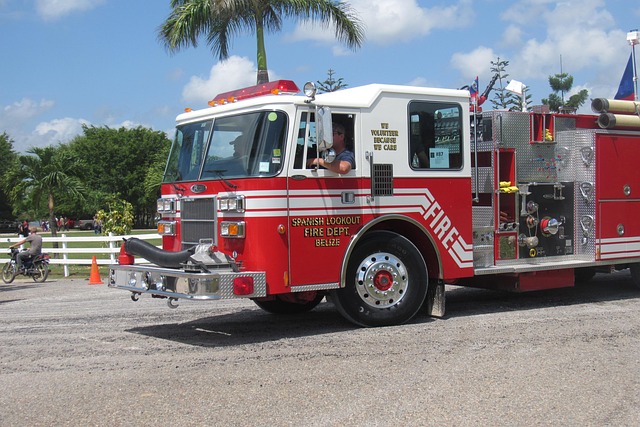
Despite the digital revolution, PDR service remains a vital pillar in the automotive industry. As we move into 2025 and beyond, the evolving landscape of auto repair continues to demand skilled professionals who can blend traditional techniques with cutting-edge digital tools. Consumer expectations for swift, efficient, and high-quality repairs remain unchanged, making PDR service an indispensable game-changer in meeting these demands. Through the integration of digital technologies, PDR service providers are not only enhancing their capabilities but also ensuring they stay relevant in a rapidly changing market.

